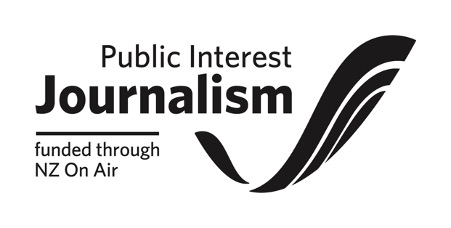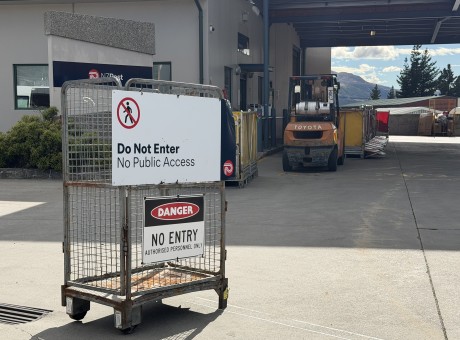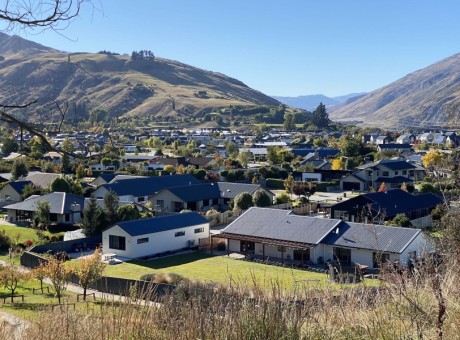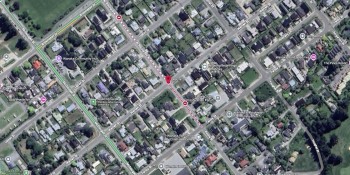Infrastructure Commission: QLDC needs to "vastly" increase high density housing plan

Te Waihanga New Zealand Infrastructure Commission has criticised QLDC's urban intensification plan, saying it is "unlikely to result in any meaningful intensification over the next ten years".
In its submission it estimates the plan will only result in an extra 31 - 149 houses to be built over 10 years, which "will have no impact on housing availability and affordability", the submission says.
Although the current urban intensification plan has copped backlash locally for its proposed increase to building heights, Te Waihanga says in its submission authored by general manager Geoff Cooper, that the changes to height restrictions are "only minor" and have not gone far enough to increase housing supply.
In the current proposal, buildings in high-density areas can be 16.5metres high, up from 11 metres. Medium-density zoned areas will be allowed to have buildings eight to 11 metres in height, and lower-density zones will allowed up to eight metres.
In the submission to QLDC, Te Waihanga recommends that the council should be looking out for opportunities to "vastly upzone" Queenstown.
It says the proposed upzoned areas will be unattractive for the development required to increase housing supply because it covers land that is already capitalised, comprises a high proportion of small lot sizes and includes a provision to increase lot sizes.
In its submission, Te Waihanga says that "well-designed" intensification policies can improve housing affordability in an area as well as amenity and environmental benefits, agreeing overall with the intent of the policy, and believes Queenstown Lakes needs to improve its affordability.
"New Zealand has among the least affordable housing globally. Queenstown is an extreme outlier, even within the New Zealand market, with a house price to income ratio almost double that of the New Zealand average," the submission says.
House prices in Queenstown are also "substantially above" construction costs, with Te Waihanga calculations showing property sale value is three times more than it costs to build.
The infrastructure commission says land use is constrained in Queenstown, and this "regulatory stringency" is pushing up the price-to-cost margins.
Te Waihanga says that insufficient housing supply in Queenstown may be "displacing urban growth" to places like Cromwell, and leading to transport emissions being increased.
It quotes QLDC's Biodiversity Plan targets, saying that by 2023, the local council hopes to reduce its greenhouse gas emissions by 44 percent.
"With this in mind, QLDC needs to consider what degree of urban intensification will be sufficient to materially reduce the per-unit emissions associated with housing."
Although the infrastructure commission very rarely involves itself in local government district plans, the "national significance" of this plan prompted Te Waihanga to author a submission.
Overall, the council's urban intensification plan had over 1,000 submission from people over the district - and beyond.
It says that the "least regrets" approach would be best, and Te Waihanga recommends providing enough housing for at least double, if not triple, Queenstown's current population.
Queenstown's rapid growth is the motivator for this recommendation.
From 1996 to 2020 the town had the biggest annual growth rate in New Zealand, averaging 5.3 percent, more than double Tauranga, the country's second largest growing city.
It also recommends further increasing housing development opportunities in highly capitalised areas - areas that have good access to infrastructure.
"The existing incremental approach to intensification is likely to result in a very slow path to urban intensification if it happens at all," the submission says.
Otherwise, it will create long-term urban sprawl, Te Waihanga suggests, quoting a recently completed New South Wales study that found sprawl leads to higher taxes, rates, increased debt and poorer quality of life.


























